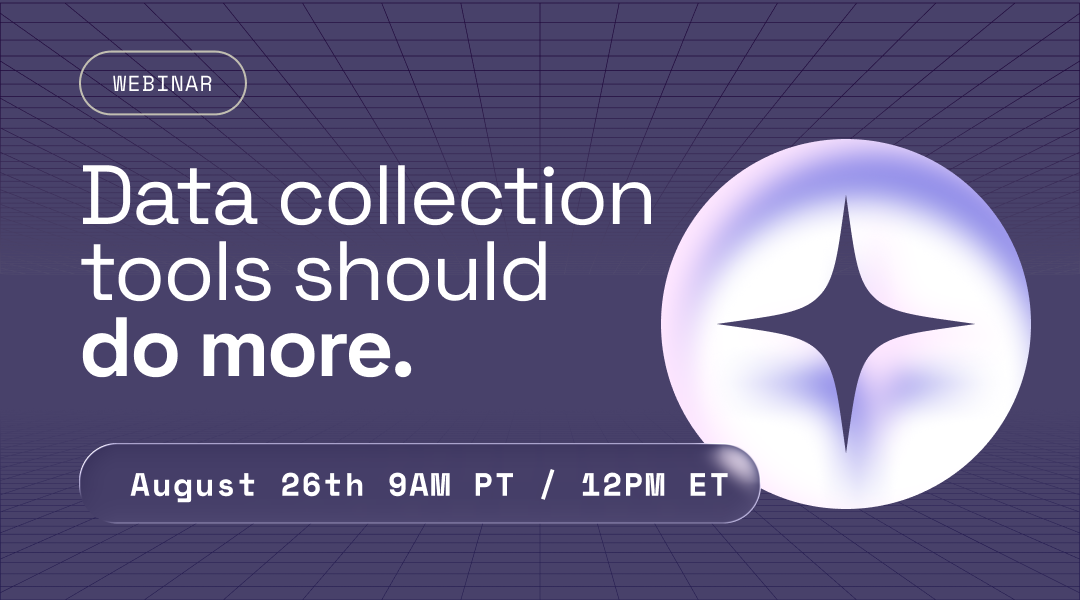The Critical Difference Between Analytics and Reporting
Imagine you're leading a dynamic nonprofit dedicated to driving social change through data-driven strategies. You're faced with a common challenge: how do you interpret vast amounts of data to make impactful decisions? While many struggle to distinguish between analytics and reporting, understanding this difference could be your key to transforming raw data into actionable insights.
What is Analytics?
Analytics is the backbone of informed decision-making. It delves deep into data to extract actionable insights and forecast trends, empowering organizations to plan for the future with evidence-based strategies.
Advantages of Analytics:
- Objective Assessment: Provides an unbiased appraisal of program efficacy through quantifiable metrics.
- Informative Insights: Helps in strategic ideation and continual refinement by harnessing vast amounts of data.
- Speed and Efficiency: Modern AI-driven analytics can reduce the time needed for data analysis from months to minutes.
Disadvantages of Analytics:
- Limited Narrative: While precise, it may lack the human element, rendering a partial view of the program's impact.
- Data Overwhelm: Without careful handling, the sheer volume of data can obscure critical insights.
What is Reporting?
Reporting focuses on presenting historical data, offering stakeholders a structured narrative of past performances. It chronicles the outcomes of various initiatives, providing a clear picture of what has occurred.
Types of Reporting:
- Programmatic Reporting: Adheres to a formalized structure showcasing quantitative data and metrics.
- Storytelling Reporting: Incorporates a human touch into the data narrative, portraying beneficiaries' experiences to create a richer, more engaging impact story.
Advantages of Reporting:
- Engagement: Human-centric narratives foster deeper stakeholder engagement, evoking shared purpose and accomplishment.
- Comprehensive Understanding: Combines data and personal stories to offer a holistic understanding of the program's impact.
Disadvantages of Reporting:
- Subjectivity: Emotional narratives, though captivating, may obscure objective evaluation.
- Time-Consuming: Crafting compelling stories demands significant time and effort.
Girls Code: A Case Study in Analytics and Reporting
Let's explore how Girls Code, a nonprofit dedicated to bridging the gender gap in tech, utilizes both analytics and reporting to maximize their impact.
Analytics at Girls Code:
Girls Code uses analytics to evaluate the progress and impact of their Code Empower Program. Key metrics include:
- Enrollment Rates
- Skill Assessment Scores
- Job Placement Rates
Reporting at Girls Code:
Girls Code uses storytelling reporting to bring their data to life. They share:
- Personal success stories of program participants
- Testimonials from industry partners
- Narratives of community impact
Bridging the Gap: Sopact Sense
Sopact Sense revolutionizes impact measurement by bridging the gap between analytics and reporting. Here's how:
- AI-Driven Analysis: Sopact Sense uses AI to analyze both quantitative and qualitative data, providing deep insights in minutes rather than months.
- Automated Storytelling: The platform generates impact summaries that combine hard data with compelling narratives, creating a balanced view of your impact.
- Interactive Visualizations: Sopact Sense creates interactive dashboards that allow stakeholders to explore data while engaging with impact stories.
- Longitudinal Tracking: The platform enables organizations to track long-term impact, providing both analytical trends and evolving narratives over time.
Using Sopact Sense, Girls Code transformed their impact measurement:
Before: "We trained 500 girls in coding."
After: "Girls Code has significantly boosted the confidence and skills of young women in STEM. Our programs have reduced the percentage of participants lacking confidence in coding from 70% to 23%, increased average coding test scores from 53 to 72, and enabled 74% of participants to build their first web application. Longitudinal analysis shows 65% of our alumni pursue STEM careers within 3 years of program completion."
Conclusion
Understanding the difference between analytics and reporting is crucial for effective impact measurement. While analytics provide objective, data-driven insights, reporting offers engaging narratives that bring your impact to life. By leveraging both, and using tools like Sopact Sense that bridge the gap between them, you can create a powerful, comprehensive view of your impact that informs decisions, engages stakeholders, and drives your mission forward.
Remember, in the world of impact measurement, it's not about choosing between analytics and reporting – it's about harnessing the power of both to tell your complete impact story.
.png)
Explore more on Impact Reporting




.webp)






.webp)

